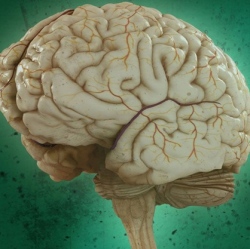
Eight paraplegic people have regained some sensation and movement after a one-year training programme that was supposed to teach them to walk inside a robotic exoskeleton. The regime included controlling the legs of a virtual avatar via a skull cap, and learning to manipulate the exoskeleton in the same way.
Researchers believe the treatment is reawakening the brain’s control over surviving nerves in the spine. The eight subjects had been paralysed for three to 13 years before the rehabilitation programme began. Chronic cases of paralysis such as these are the most resistant to treatment.
"If you’re clinically diagnosed as having a complete lesion, if after 18 months you don’t show any improvement, the chance of regaining any motor or sensory capability below the level of the lesion goes down to zero," said Miguel Nicolelis of Duke University in the US, who led the study at the AASDAP Neurorehabilitation Laboratory in Sao Paulo, Brazil.
But when he and his team conducted neurological tests, every three months during the year of training, they saw improvements in the patients’ muscle control – as well as in their sense of touch.
"If you touched them with a pin, or a brush… they would feel something that they didn’t experience before," Prof Nicolelis told Science in Action on the BBC World Service.
"They also experienced a significant visceral improvement. This translated into better bowel and bladder functions – which are very critical for these patients."
